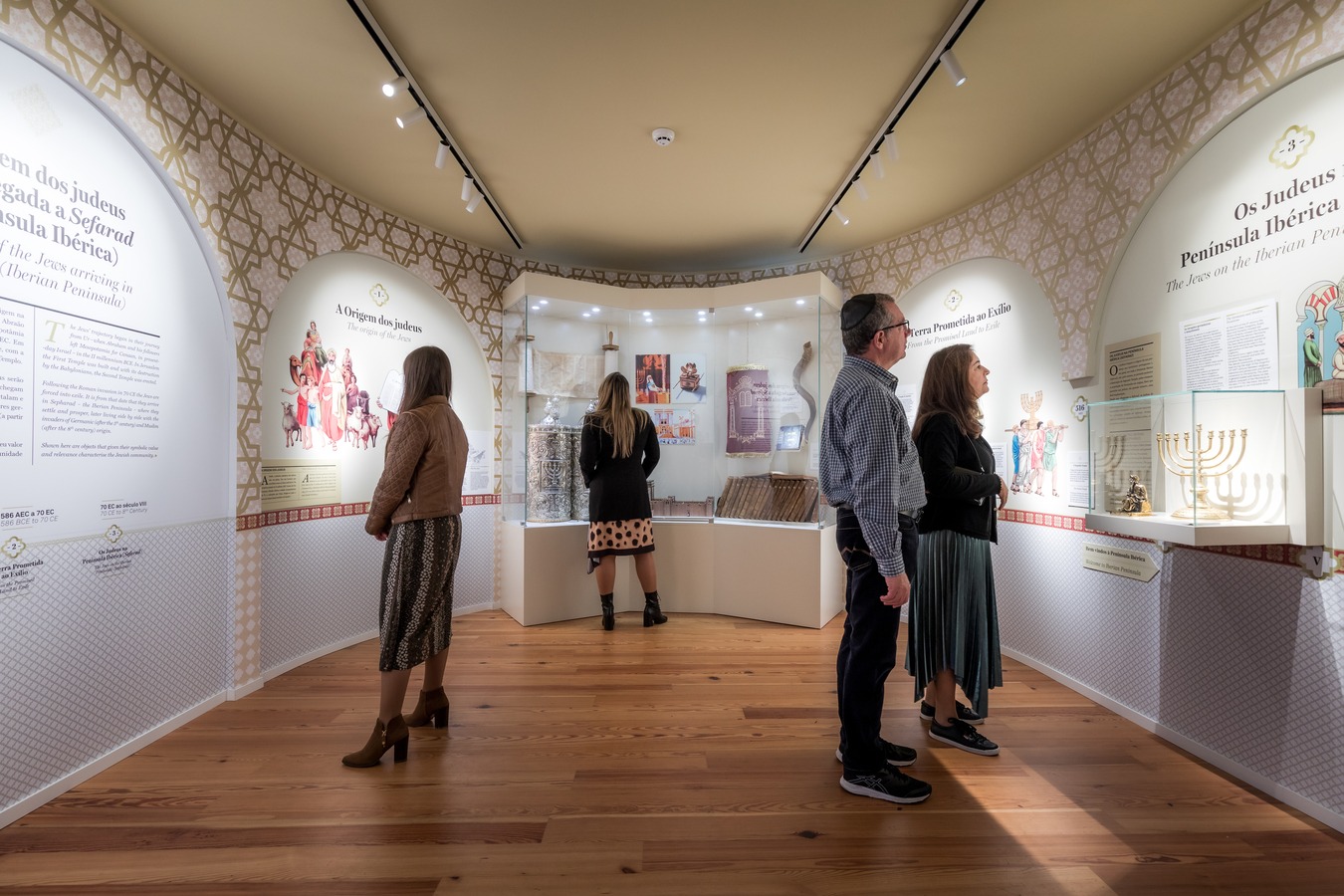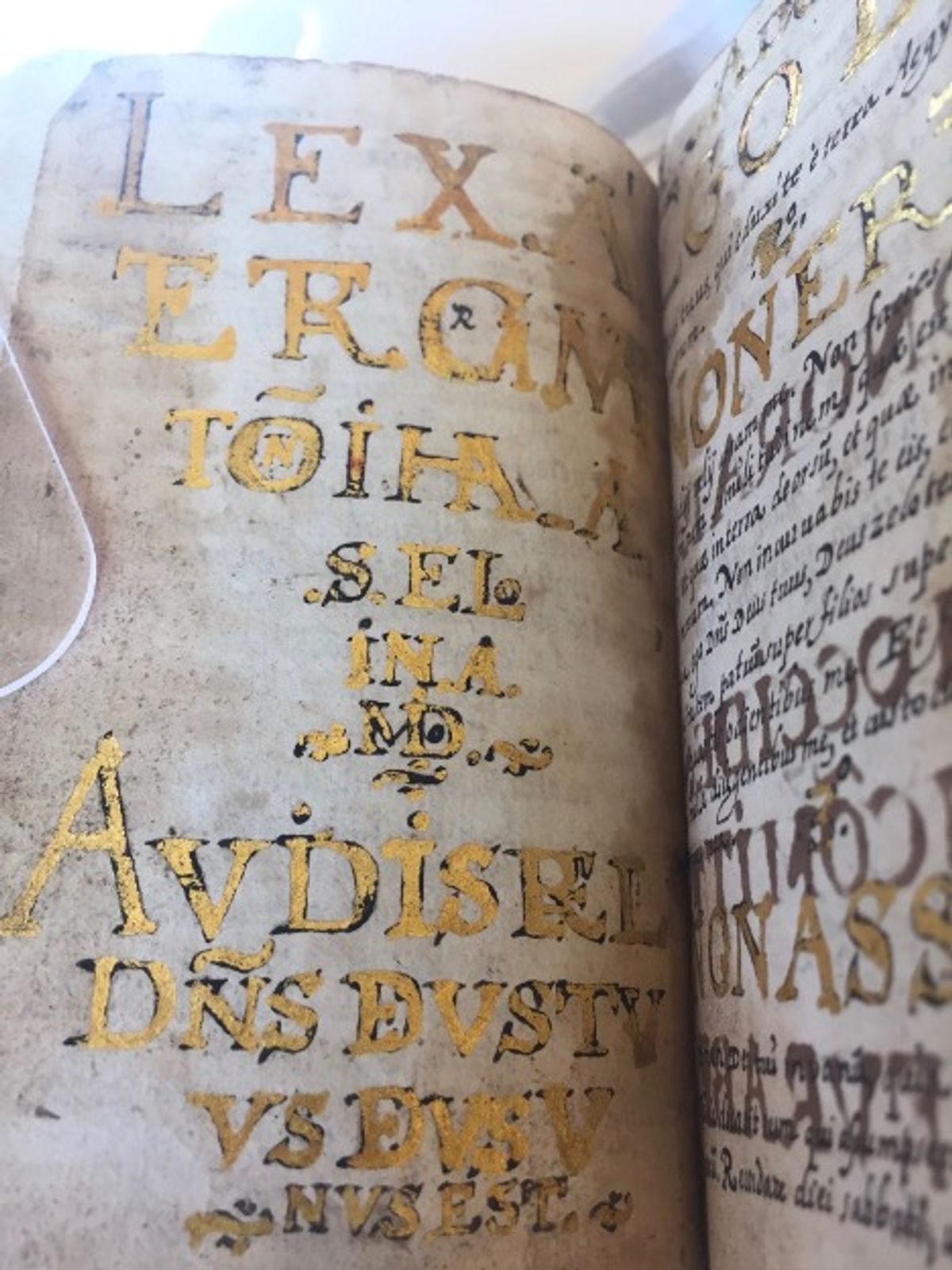Indeependent
Diamond Member
- Nov 19, 2013
- 73,633
- 28,511
- 2,250
I posted it…1750.Still waiting on the proof that they threw you into camps if you had "Jewish blood" going back to ten generations.
Perhaps 7 generations but certainly not 1 or 2.
Follow along with the video below to see how to install our site as a web app on your home screen.
Note: This feature may not be available in some browsers.
I posted it…1750.Still waiting on the proof that they threw you into camps if you had "Jewish blood" going back to ten generations.
I posted it…1750.
Perhaps 7 generations but certainly not 1 or 2.
Today in Jewish History• Passing of R. Yaakov Moelin (the Maharil) (1427)R. Yaakov Moelin, known as the Maharil, was recognized as the supreme halachic authority for Ashkenazi Jewry in his day. His customs, collected in Minhagei Maharil (and cited often by R. Moshe Isserles in his comments to the Code of Jewish Law), are the basis for the conduct of Ashkenazi Jewry in many areas of Jewish life, especially in matters relating to prayer and synagogue procedure. |



more history for you-----the LOMBROSO family ---originating in Italy -----are a kinda dynasty ofThis is a story of resistance and spiritual audacity. It is a story that unfolds in the deserts of Mexico’s silver mining regions, on the streets of the emerging colonial metropolis of Mexico City, inside the libraries of Franciscan monasteries, and in the underground cells of the Inquisition. It connects the far reaches of the Mediterranean Jewish diaspora with the global trade routes linking East and West. It is about colonialism, religious persecution, love, family, and faith but ultimately, it is a story about a book.
We begin with a small, leather-bound notebook filled with a highly original anthology: poems, prayers, meditations on the Ten Commandments, an electrifying autobiography, and even a holiday calendar. The book was written in the gifted scribal hand of Joseph Lumbroso, a 16th-century Mexican religious thinker, poet, and crypto-Jewish martyr, otherwise known as Luis de Carvajal, el mozo. Carvajal wrote this religious anthology in the few years between his two arrests by the Holy Office of the Mexican Inquisition for Judaizing. Shortly after his arrest, the book was found in his family’s home and was preserved as evidence against Lumbroso and his family on charges of heresy.
Heresy was a common accusation in this time, as was the crime of Judaizing—holding onto Jewish practices and beliefs. The Inquisition was focused on heresy, and as such sought to police the religious lives of Christians. But Spain had a large group of Christians who were, as their suspicious neighbors called them, New Christians. These descendants of Jewish converts were viewed by their Christian neighbors as less-than. They were seen as still deeply rooted in their Judaism and attached to the “dead law of Moses.” So the conversos entered the church by and large under duress—whether it was during the murderous riots of 1391, during the intense preaching campaigns of Vicente Ferrer, or when faced with the awful choice of abandoning their millennial home in Sepharad in 1492.
Once they converted, many sincerely embraced Christianity while others lived a double life, publicly comporting themselves as faithful Christians while secretly holding on to aspects of Jewish belief and practice. Regardless of their inner religious conviction, however, most conversos remained socioeconomically and culturally other. They continued to live in the same neighborhoods as before, worked in the same businesses, and continued similar marriage practices, namely marrying children into the family of business partners. No longer Jewish, now the conversos married their children to other conversos instead of other Jews. The court historian Andrés Bernáldez captured this succinctly when he described the atavistic Jewishness of the conversos:
Eating garlicky tapas drizzled in olive oil or preparing adafina is not an act of heresy. But for Bernaáldez the attachment to Jewish cuisine was a sign of cultural heresy. He goes on to refer to outright acts of Judaizing, such as keeping the laws of Passover and avoiding the Sacraments and then he turns to another sociocultural critique of the conversos Jewishness:
(full article online)

The Auto-da-fé of Mexico City
On Dec. 8, 1596, Luis de Carvajal the Younger, along with members of his prominent extended family of crypto-Jews, was burned at the stake. Their story has fascinated historians ever since.www.tabletmag.com
